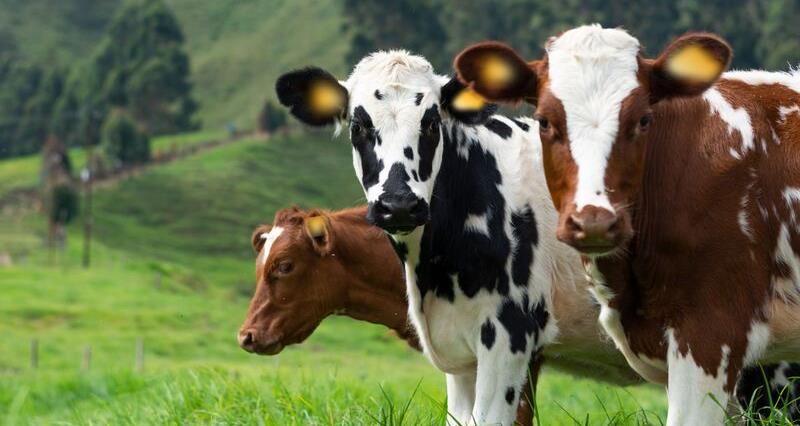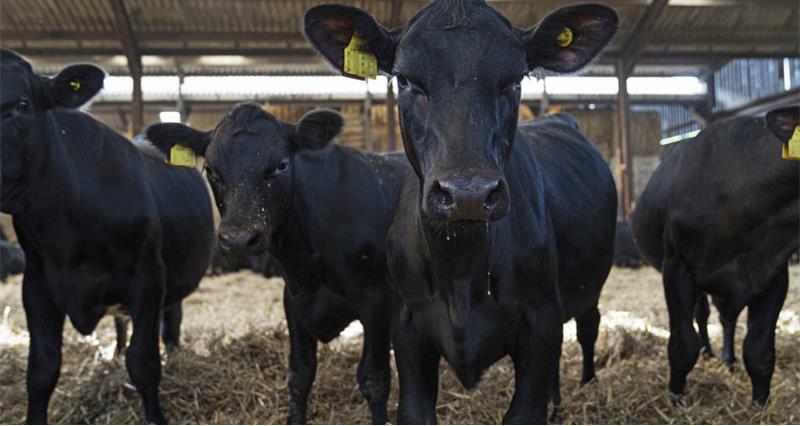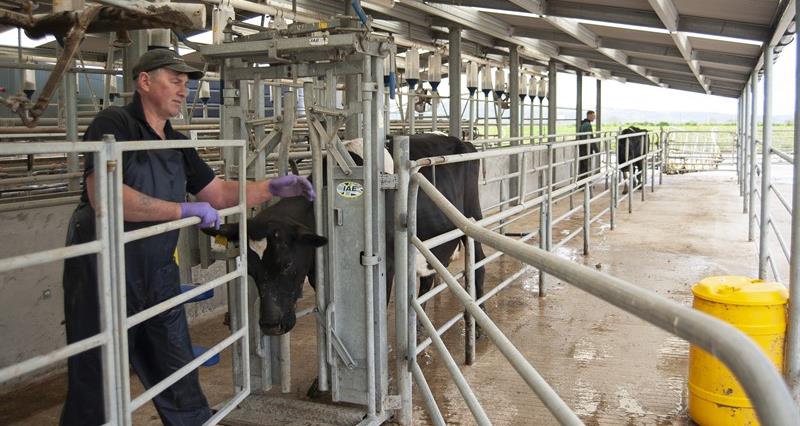England is split into three bTB risk areas, High (HRA), Edge (EA) and Low (LRA), each with a defined management strategy to control disease transmission and infection.
Defra recently released the . There are currently five active hotspots, all of which have infection identified in local ‘found dead’ badger carcasses.
In Area 32 – Cumbria, culling began in 2018, finding an 11.1% infection rate in culled animals that were tested. Within two years of intervention, the infection rate in culled animals had dropped to 0%, with no disease also found the following year either.
“It’s also interesting to see how badger vaccination has been strategically used to retain the benefits achieved through culling.”
NFU President Tom Bradshaw
As parts of the area were demonstrating no bTB in culled animals, the area moved to badger vaccination with 224 badgers vaccination last year alone.
Area 54 – Lincolnshire, saw a similar reduction between 2020 and 2024 with TB prevalence in culled badgers dropping from 24.5% in 2020 to 4.3% in 2024.
A licence was granted in 2024 to allow Area 73 – Cumbria, to begin culling infected animals. Initial results show a bTB infection rate of 5.1% in culled badgers, with some test results still pending.
Hotspot 28 Lincolnshire, emerged in 2020, since then enhanced bTB surveillance measures have been implemented across the hotspot, in both cattle and wildlife. Collection of found dead wildlife is ongoing, to post-mortem and build the disease picture across the area.
APHA began badger vaccination over 95km2 of hotspot 28 in 2024, focusing around the locations of bTB positive “found dead” carcases. At the time of vaccination, 41 badgers also underwent serological testing, blood serum was examined for antibody responses, showing a 12% infection rate (5/41 badgers).
Wildlife control has a critical part to play
Responding to the newly released stats, NFU President Tom Bradshaw said: “This data reinforces what we’ve already seen in the Birch paper, Godfray review and Downs report – that wildlife control has a critical part to play in a holistic approach to tackling this awful disease.
“It’s also interesting to see how badger vaccination has been strategically used to retain the benefits achieved through culling. There are still big questions about the effectiveness of vaccinating badgers in protecting the health of cattle, particularly in areas of high prevalence, as well as the practicality and cost of large-scale application, so it’s important this area is explored further.”
What are bTB hotspots?
If lesion or culture positive animals are identified in an LRA herd breakdown with an uncertain origin, a hotspot emerges. Hotspots are managed by the APHA, who determines the most appropriate measures with the aim of bTB eradication.
Control measures frequently include enhanced cattle testing and surveillance of bTB in “found dead” wildlife (badgers and deer).
Previously, hotspots were classed as “potential” until infection in the local wildlife population was identified, in which case they became “confirmed”. This process has now changed to allow the APHA to manage bTB hotpots in stages, covering cattle and wildlife.
A breakdown of the stages is shown below:
- Stage 1 – Launch: APHA introduces enhanced cattle surveillance and begins stakeholder engagement in the defined area.
- Stage 2 – Review: After sufficient testing of cattle is completed, eg, two years of six-monthly herd testing, and thereafter annually, there is a thorough review of the available evidence, and controls are reduced or increased as justified. APHA also considers introducing wildlife surveillance.
- Stage 3 – Wildlife involvement: Initiate wildlife surveillance to identify if disease is present in the local wildlife and linked to cattle cases.
- Stage 4 – Wildlife disease control: Introduce appropriate wildlife disease control based on the evidence gathered from enhanced cattle and wildlife surveillance.
- Stage 5 – Closure: Reduce cattle controls when evidence allows, ensure effective completion of any wildlife controls introduced.
More from �ʼһ���:



